- Budget spent: £8,490
- Status: Implemented
In the summer of 2019, we set out to implement another rewilding project - GPS tagging griffon vultures in the Côa Valley in northern Portugal. Since July 2019 we have been supporting this vulture conservation intervention in collaboration with our partners, Rewilding Portugal, at the location of our Wildfire Restoration project. The detailed behavioural data acquired through this project is already providing answers to questions that before were only a matter of speculation.
Learn more about why we are tagging Griffon vultures and vulture conservation.
A population decline
The scarcity of wild herbivores in western Iberia means that griffon vultures (Gyps fulvus) tend to feed on the abandoned carcasses of domesticated animals such as cattle and sheep. This makes them particularly vulnerable to changes in livestock farming practices. In 2001, following the bovine spongiform encephalopathy crisis (“mad cow disease”), the European union prohibited the abandonment of livestock carcasses in the field to prevent spread of the disease. The reduced food availability contributed to the decline of vulture populations in the area.
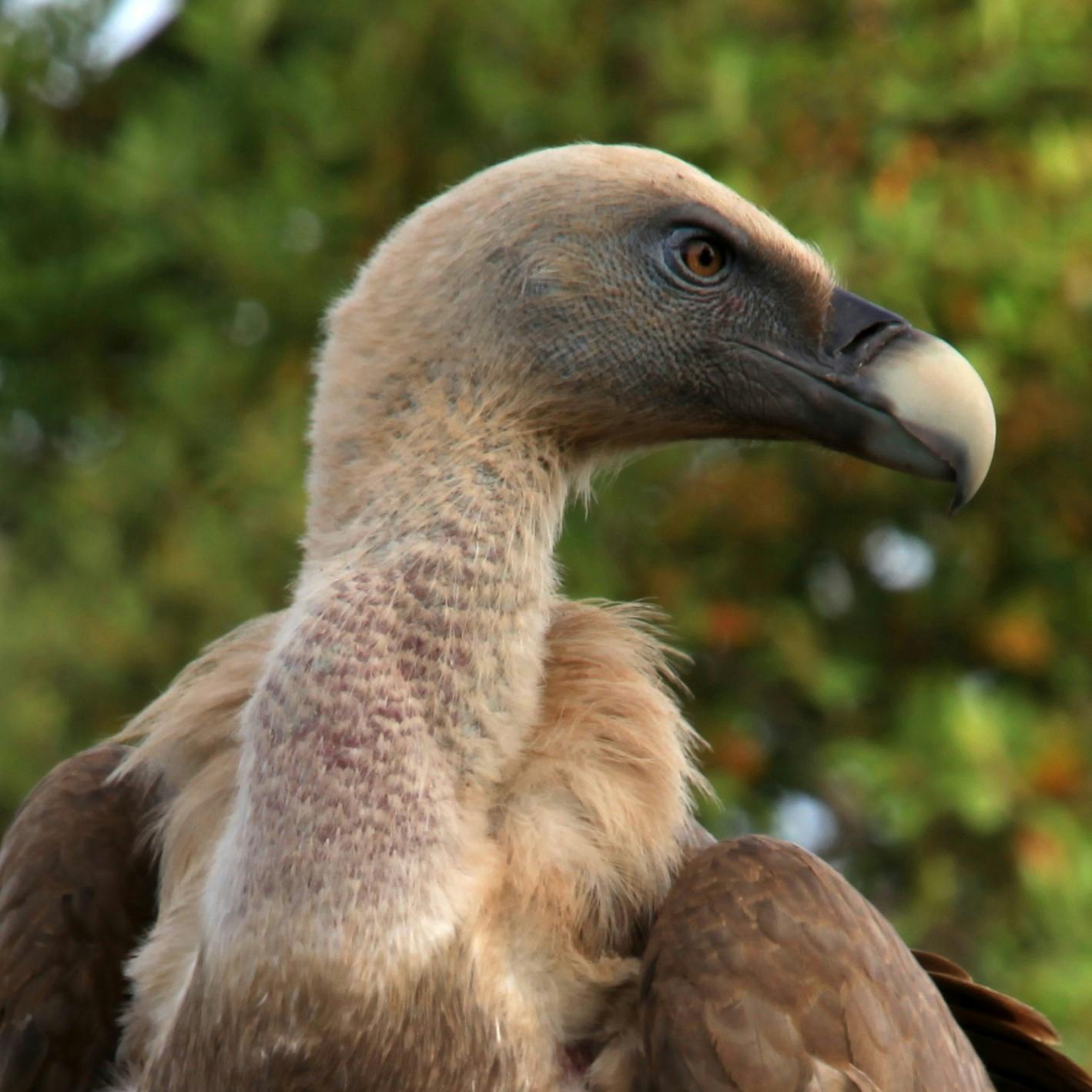
And a gradual comeback
Since then, however, the Iberian population has shown an impressive comeback. In the Côa valley, there were less than 10 breeding pairs during the 1990s and this number rose to 74 by 2015. The comeback to the areas was facilitated by the protection of suitable nesting habitat within the Faia Brava reserve. However, the key driver for the resurgence of griffon vultures throughout the Iberian Peninsula appears to have been a relaxation of the EU policy which once again allowed farmers to leave livestock carcasses in the field.
Spain reverted it’s legislation before Portugal did. This explains a previous finding that vultures tagged in Spain clearly avoid Portuguese territory. In Portugal, abandoning livestock carcasses in the field became legal again in 2017 but obtaining the required permissions is a highly bureaucratic process which means that few farmers have changed their practices.

The intervention
Although the griffon vulture population in the Coa Valley has been monitored in the past, we could only guess where the vultures were foraging and what they were feeding on. This is where our vulture conservation project comes in by sponsoring the GPS devices required to track the movement patterns of griffon vultures.
These solar powered devices transmit precise geographical information without the need to recapture the individuals and have built in accelerometers which provide additional information about the way in which the vulture is moving at a given moment in time. This data can be used to determine when the vulture is resting, flying or foraging.
Moreover, this data can be used to identify the time and location of likely feeding events. By going to the field and looking for signs of feeding (such as carcass remains and vulture feathers), these feeding events can be confirmed and we can obtain information about what the vultures were feeding on, which in turn aids future vulture conservation efforts.
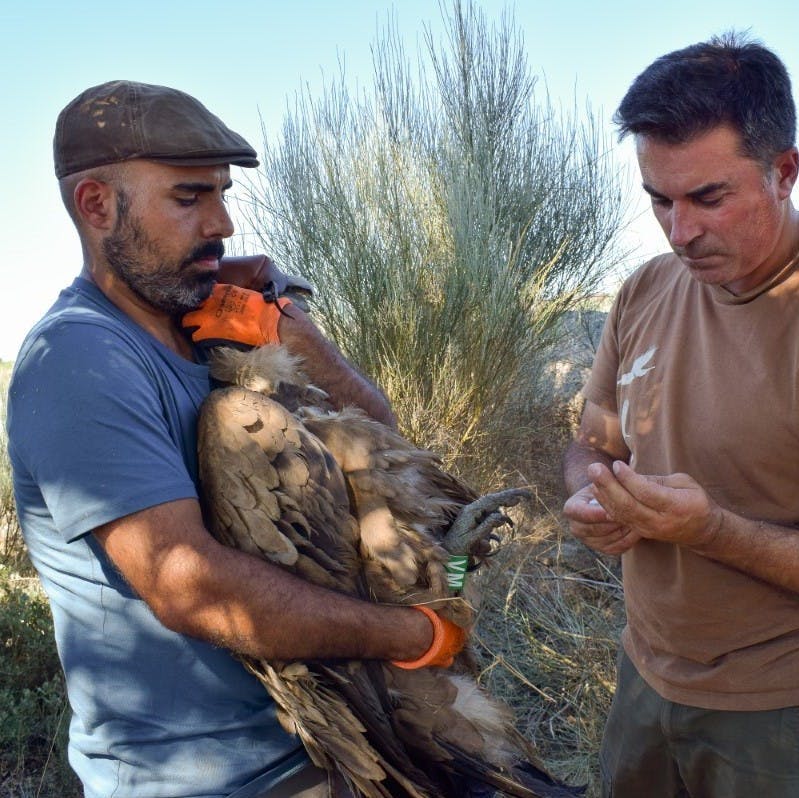
Contributing to the area's ambitious rewilding goals
This work of GPS tagging griffon vultures is part of a larger project that is currently being implemented in the region. The project "Scaling Up Rewilding in the Greater Côa Valley" is being led by Rewilding Europe and focuses on reinforcing a 120,000-hectare wildlife corridor that will improve connectivity in the landscape between the Malcata mountain range and the Douro Valley. This project is financed by the Endangered Landscapes Programme, which is managed by the Cambridge Conservation Initiative and funded by Arcadia, a charitable fund of Peter Baldwin and Lisbet Rausing.
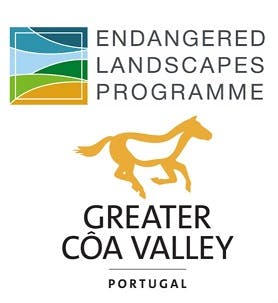
GPS tagging the vultures will allow us to see whether the birds are feeding mostly on the carcasses of domestic livestock, or also on wild herbivores, and how often they visit vulture feeding stations, which will ultimately enable us to improve the management of food sources for the birds and support the restoration of trophic chains.
Carlos Pacheco, raptor expert at ATNatureza.
Interactive map
This interactive map was created with the data from 4 of the Griffon vultures tagged in the summer of 2019. You can follow the journey of each individual and see the distance travelled up to that point (by clicking on the bird's icon).
the team behind the project
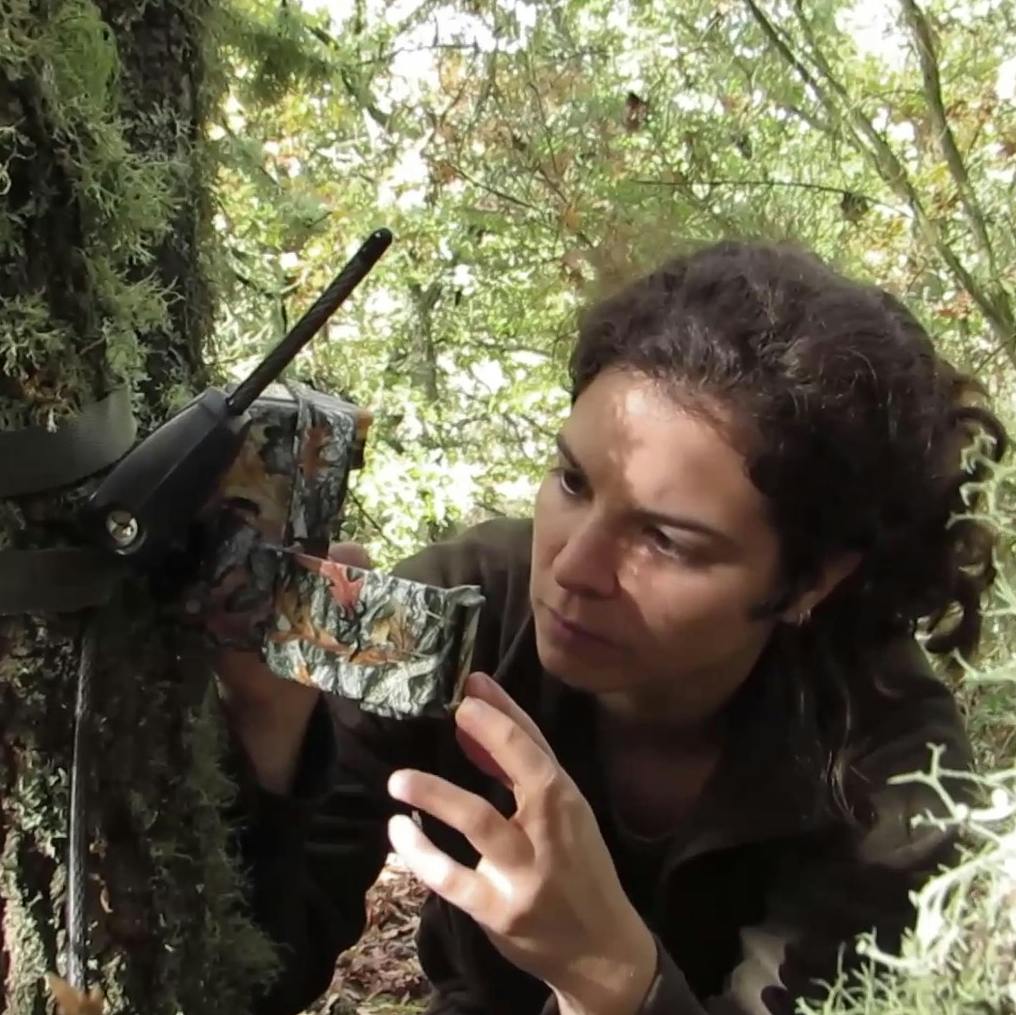
Sara Aliacar - Rewilding Portugal
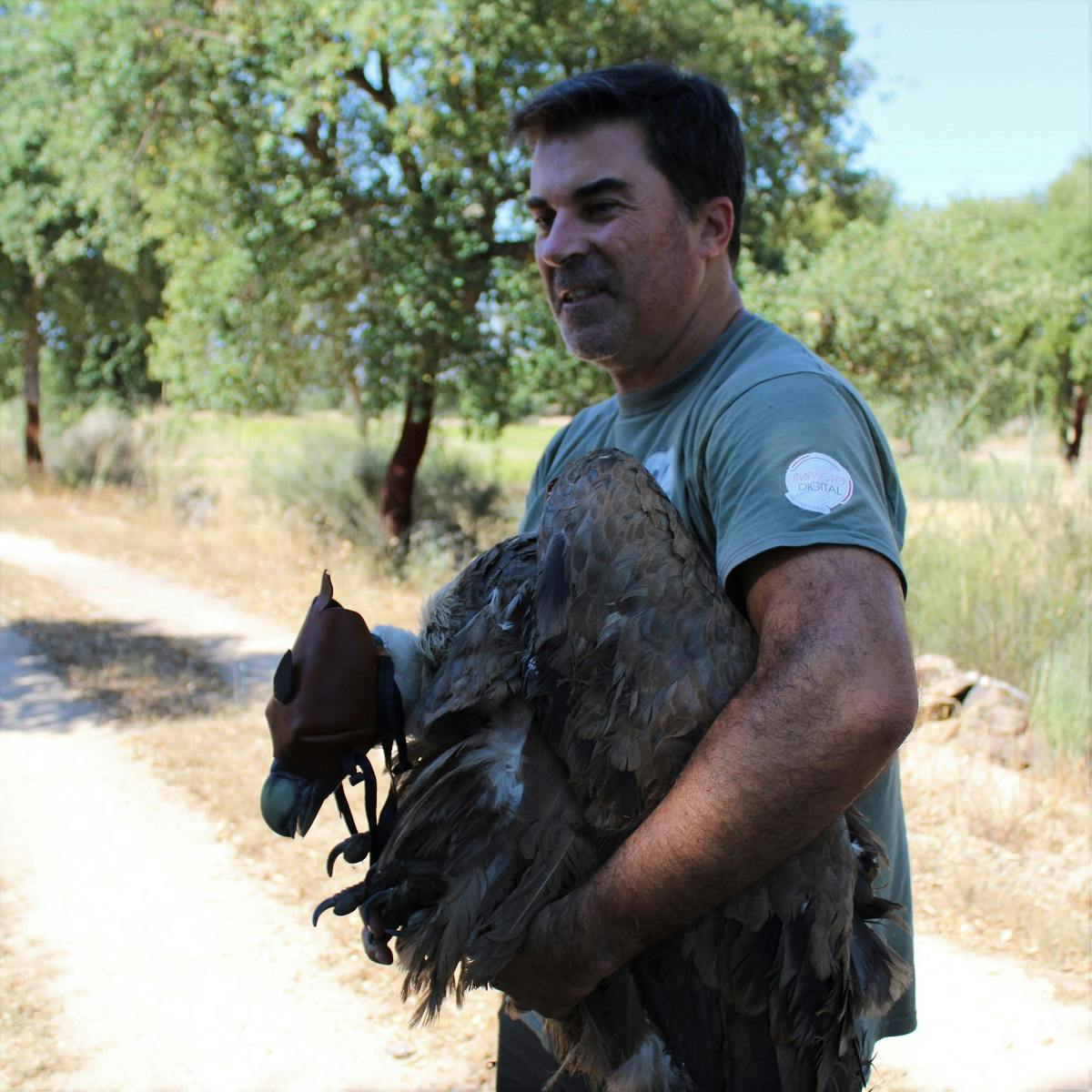
Carlos Pacheco - ATNatureza
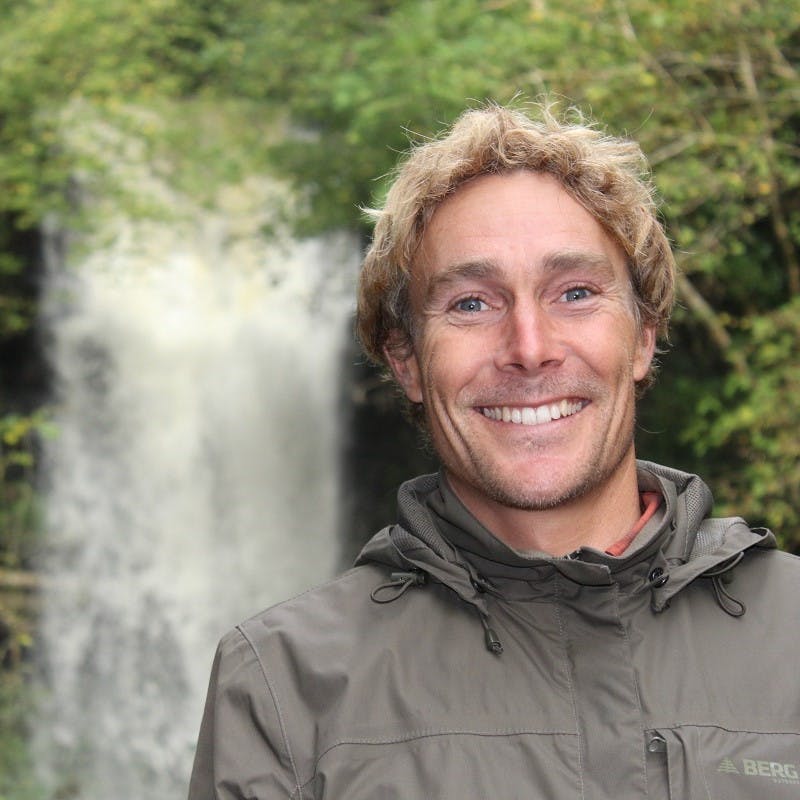
Matt Davies - Mossy Earth
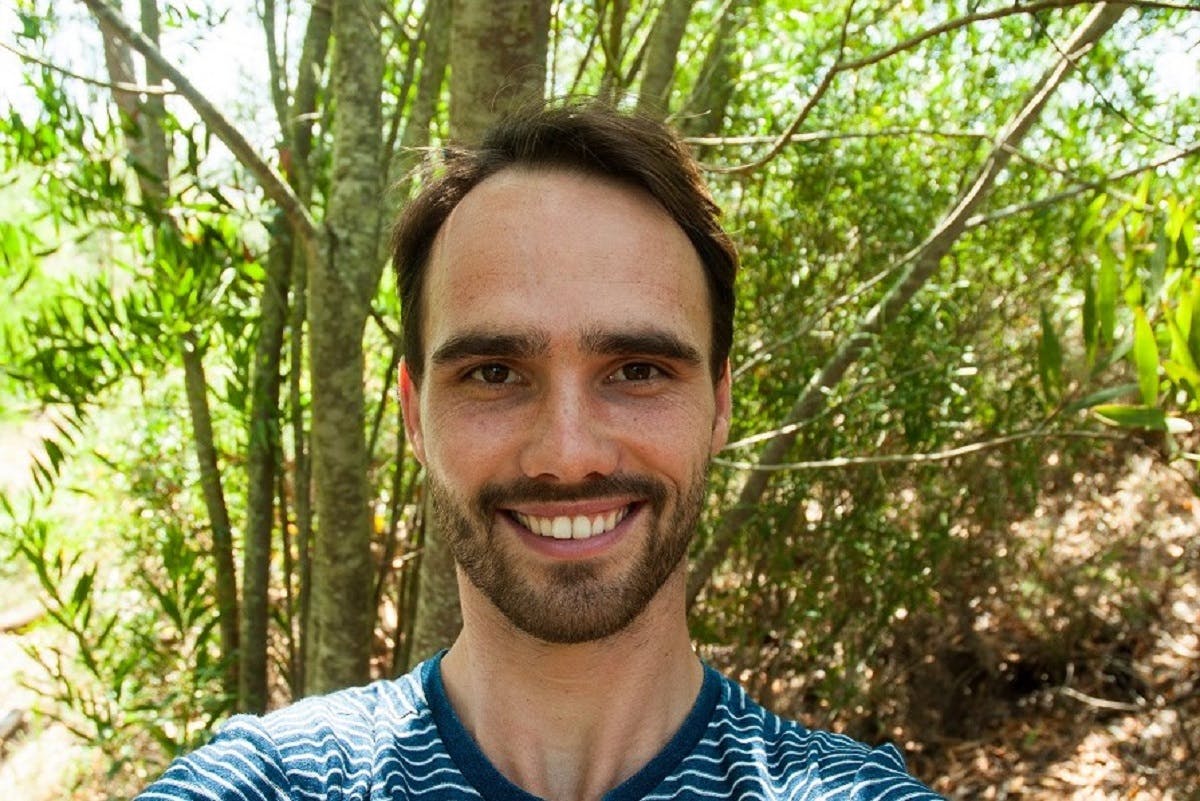
Tiago de Zoeten - Mossy Earth
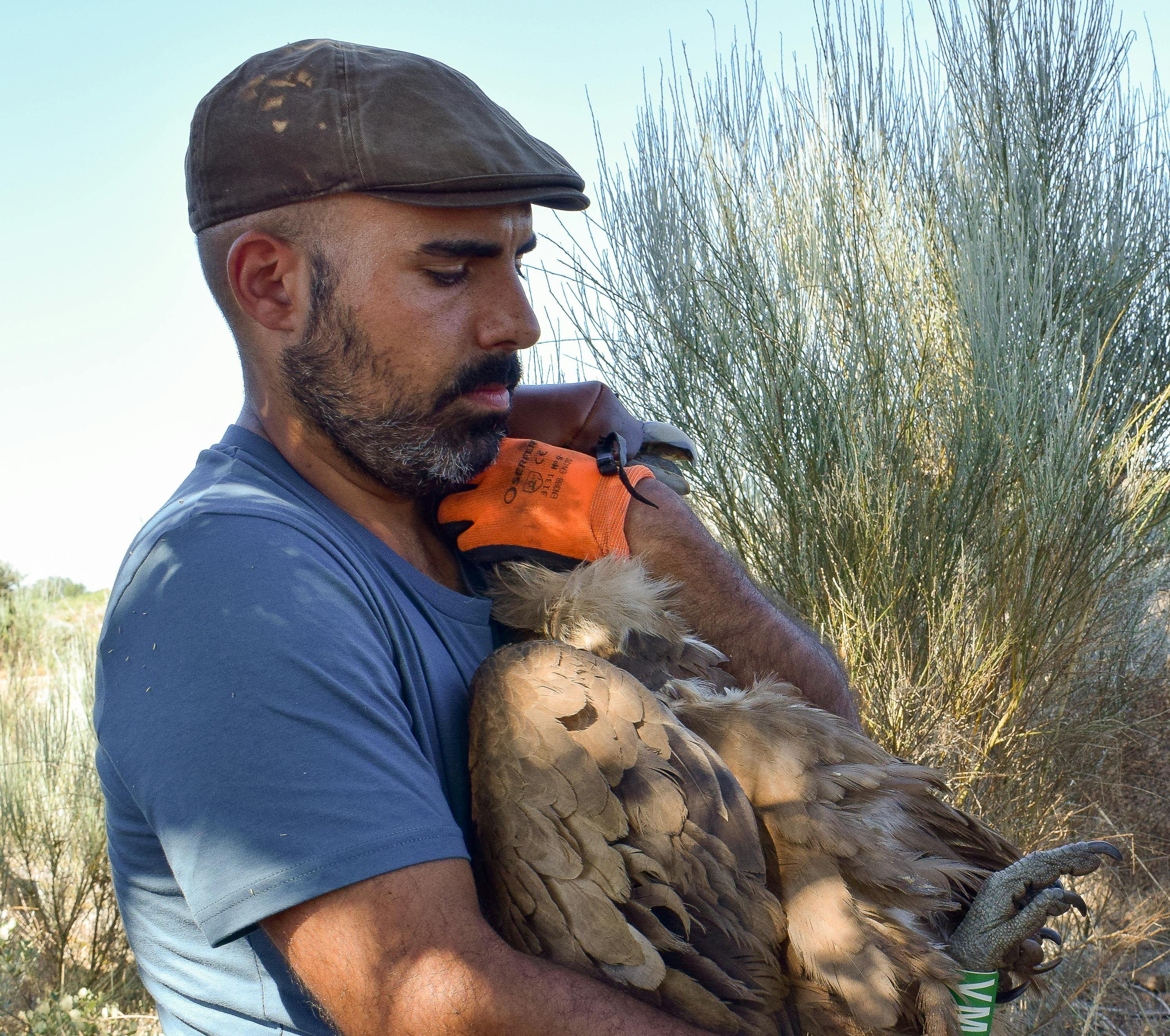
André Couto - Rewilding Portugal
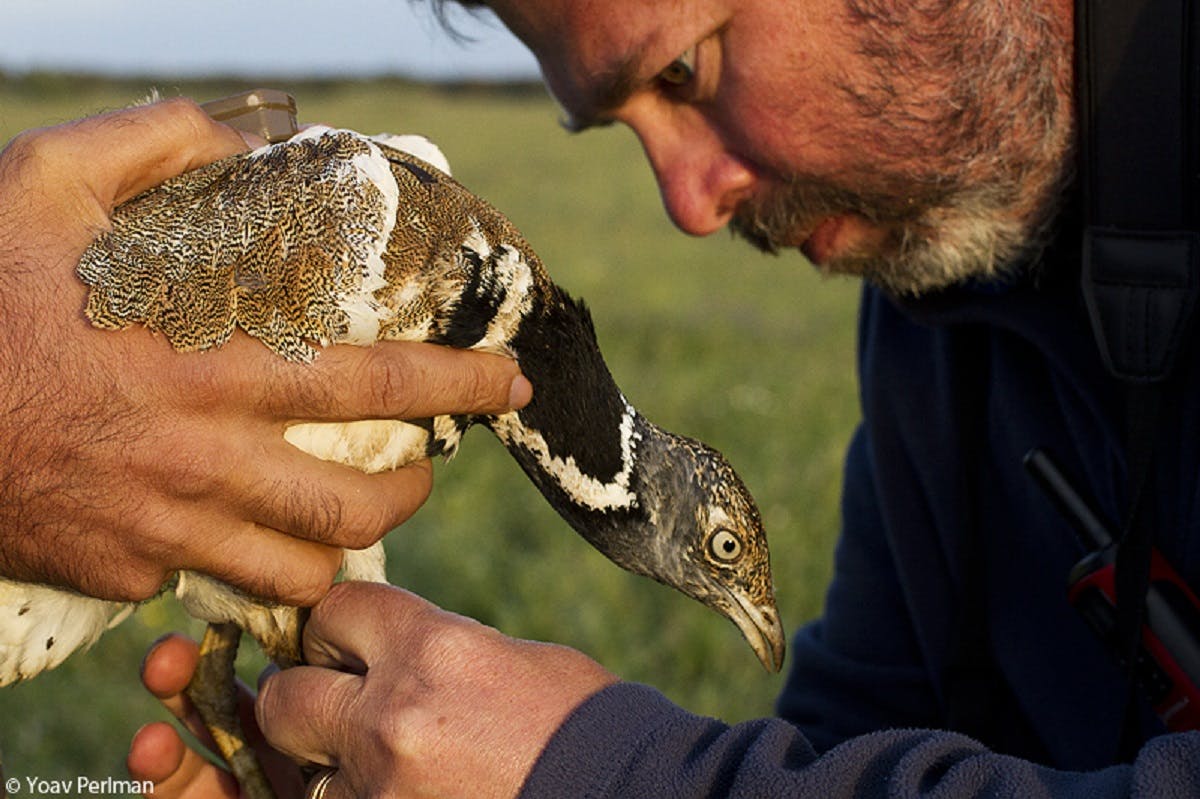
João Paulo Silva - CIBIO-InBIO
Sources & further reading

- “Invisible barriers: Differential sanitary regulations constrain vulture movements across country borders” - Eneko Arrondo, Marcos Moleón Ainara Cortés-Avizanda José Jiménez Pedro Beja José A. Sánchez-Zapata, José A. Donázara
- “Raptor comeback highlights Côa Valley’s rewilding potential” - Rewilding Portugal